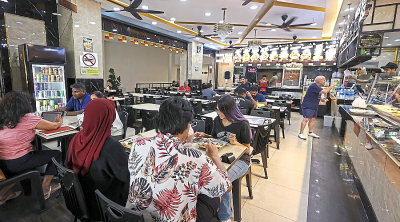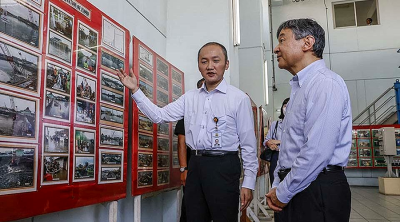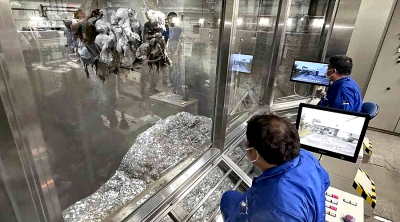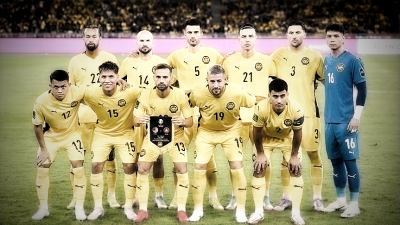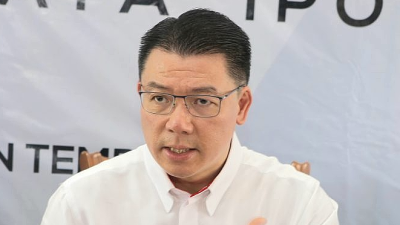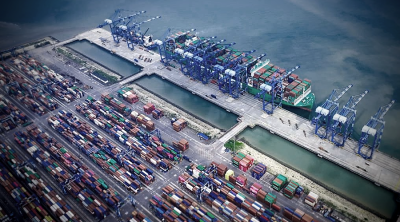This summer, Japan intends to begin releasing wastewater into the sea from the destroyed Fukushima No. 1 nuclear power plant.
Japanese officials assure that the operation spanning decades will not endanger marine life or the environment. And to help convince skeptics, they have a willing neighbor, according to Japanese news reports.
Quoting a diplomatic source, the reports say that President Yoon Suk Yeol vowed to make all-out efforts to remove public concerns in Korea about the wastewater discharge when he met Japanese lawmakers in March during his visit to Tokyo for a summit with Prime Minister Fumio Kishida.
Many Koreans were caught off guard, and this administration’s purported stance is further proof that their president is bent on fence-mending with an unrepentant government at whatever cost.
Yoon has neither confirmed nor denied the reports. Transparency is not a priority of his administration, though his search for avenues of rapprochement with Japan is clear.
As Yoon remains tight-lipped, we can only guess his views about the rationality of the discharge and whether he grasps the potential risks.
Hence a confrontation with the main opposition Democratic Party of Korea is underway, each side blaming the other for spreading malicious rumors lacking scientific basis.
Amid the accusations, the science community also has misgivings. Seo Kyun-ryeol, a professor emeritus at Seoul National University’s Department of Nuclear Engineering, is an outspoken critic.
He is among several scientists who question the contaminated water filtration process and cautions that sea currents will ultimately bring some of discharged wastewater to Korea’s shores.
The Japanese government and Tokyo Electric Power Company (TEPCO), the plant’s operator, say all of the radioactive elements have been removed from the water except tritium, and that will be diluted more than 100 times.
They emphasize that there is little space for more radioactive water storage tanks and the wastewater must be removed to make way for the storage of fuel debris and complete the decommissioning of the plant over more than three decades.
Still, public mistrust is understandable, given TEPCO’s history; a Japanese government investigation report in 2012 said TEPCO had failed to meet initial safety requirements.
The amount of wastewater — or “treated water” as the Japanese government prefers to call it — amounts to 1.32 million metric tons; it is stored in over 1,000 giant tanks at the plant; the plan is to release the water through an undersea tunnel extending one kilometer from the coast over the next three decades, or even longer.
The Fukushima disaster began on March 11, 2011, when a 9.0 magnitude earthquake off the east coast of Japan’s main island triggered a 15-meter-high tsunami that disabled Fukushima No. 1 nuclear power plant’s emergency generators that pumped cooling water into its nuclear reactors.
Three reactors melted down and operators began pumping in seawater to cool melted fuel rods.
Twelve years later, the cooling process still goes on, emitting radiation and producing over 130 tons of contaminated wastewater daily.
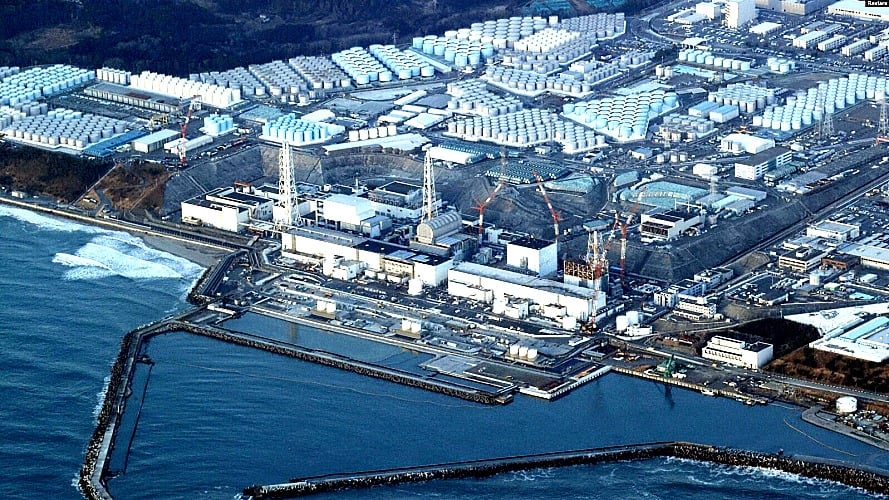
To rid the wastewater of 62 types of radioactive isotopes, or radionuclides, TEPCO uses its custom device called the advanced liquid processing system (ALPS).
Tokyo insists that the impact of the discharge on public health and the environment will be “minimal.”
Seo says, “There is no guarantee that all of the system’s many filters for different isotopes will work perfectly all of the time, given the condition and quantity of the water, let alone the period of time required.”
The SNU professor highlights the potential hazards associated with cesium, strontium and plutonium, which were released from the reactors due to the disaster.
“These substances not only enter the bloodstream but also penetrate the muscles, bones and brain, leading to the development of solid cancers and tumors,” he said.
Seo has raised concerns that marine life and ocean currents can carry harmful radioactive isotopes across the Pacific.
He warns of the potential risks to entire marine ecosystems, from the deep-sea organisms up to invertebrates, fish and marine mammals through the food chain, eventually reaching humans.
Naturally, among the most vocal critics of the ocean discharge is the Pacific Islands Forum, an organization representing 18 island nations.
They have already suffered from nuclear tests by the United States and European countries.
Their concerns are reasonable as most of their populations are coastal residents who depend on the ocean for their livelihoods.
The International Atomic Energy Agency is expected to release its final assessment later this month before Japan embarks on its plan.
The root of the problem, as contended by Ken Buesseler, a marine radiochemist and advisor to the Pacific Islands Forum, is that Japan is moving already with a plan which has not proven workable.
Masashi Goto, a retired nuclear engineer who designed reactor containment vessels for Toshiba for many years, bemoans the “safety culture” he encountered in the industry.
In a presentation marking the 10th year after the Fukushima accident, he said, “Risks can be expressed in terms of their potential for damage or probability of occurrence. Many unlikely scenarios run the risk of horrendous consequences.”
Goto’s views concerning the decommissioning of a nuclear reactor are worth heeding. “TEPCO claims to have a decommissioning schedule that can be completed within the next 30 to 40 years, but this is completely unrealistic.
“Given the severity of what happened and the current state of the reactors, in practice we are looking at a process lasting anywhere from 100 to 200 years.
“What is the number one priority? It’s the same question that was thrust upon the citizens of Japan 10 years ago.
“Do we prioritize the economy and convenience at any cost, or do we choose to live modestly in safety and free from worry?” he asked.
All said, Japan should suspend the planned release of the wastewater. Heeding the concerns of the international community, it may well consider other possible options, such as long-term storage and processing through half-lives of isotopes or cement-based solidification.
Read also:
- Fallout from Fukushima radioactive wastewater
- Letter to the Editor from the Embassy of Japan on the release of ALPS-treated water
- Another scenario for Fukushima wastewater problem
- Radiation is all around us: On the safety of Japan’s release of ALPS-treated water
- Countering concerns about the release of ALPS-treated water
(Lee Kyong-hee is former editor-in-chief of The Korea Herald.)
ADVERTISEMENT
ADVERTISEMENT







